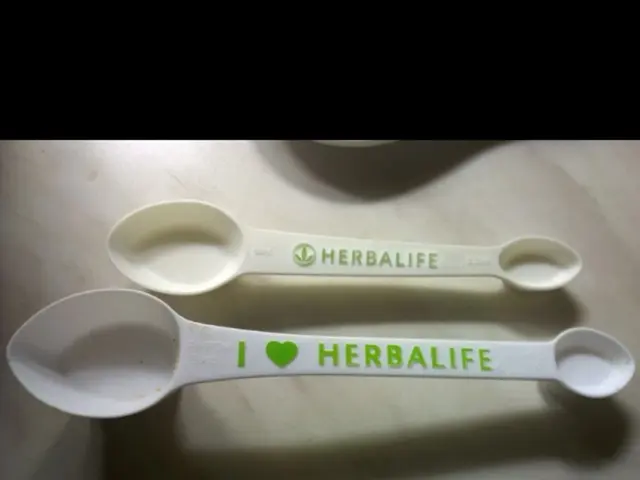Dietary Suggestions (Cautions) for Menstruation: What to Eat (Stay Away From)
Feeling like chowing down on junk food when your period rolls around is totally normal, but is it the best way to deal with those pesky symptoms? Probably not, says Ob/Gyn Cristina McClure, DO. Instead, she suggests focusing on foods rich in iron, antioxidants, and fiber.
What to Eat During Your Period
So, what should you be reaching for when Aunt Flow arrives? Here are some period-friendly food suggestions:
Iron-Rich Foods
Iron helps your body produce red blood cells, which is especially important when you're dealing with blood loss during your period. Load up on these iron-rich foods to help maintain your energy levels and keep you feeling great:
- Lean meats like beef, chicken, and turkey
- Seafood like clams, shrimp, and eggs
- Plant-based proteins like beans, lentils, and tofu
- Fortified foods like bread, pasta, and cereal
- Dark, leafy greens and fruits like figs and raisins
- Nuts and seeds like pistachios and pumpkin seeds
Antioxidant-Rich Foods
Antioxidants can help combat inflammation, which can contribute to menstrual cramping and bloating. Incorporate these antioxidant-rich foods into your diet for some relief:
- Berries like strawberries, blueberries, and raspberries
- Orange fruits and veggies like apricots, sweet potatoes, and cantaloupe
- Leafy greens like spinach, broccoli, and Brussels sprouts
- Avocados
- Limes
- Dark chocolate (although, as always, in moderation)
Fiber-Rich Foods
Eating foods high in fiber can help your body eliminate excess estrogen, which can lead to thicker uterine linings and more painful periods. Here are some high-fiber options to add to your plate:
- Whole grains like oats, quinoa, and brown rice
- Legumes like beans, chickpeas, and lentils
- Nuts and seeds like almonds, walnuts, and chia seeds
- Vegetables like cauliflower, Swiss chard, and carrots
- Fruits like apples and watermelon
Foods to Avoid During Your Period
While it might be tempting to reach for those bags of chips or pints of ice cream when you're feeling crummy, try to avoid processed foods as much as possible. Here are some foods to steer clear of during your period:
- Sugary foods can cause spikes in insulin levels, leading to hormonal imbalances
- Salty foods can cause water retention and exacerbate bloating
- Simple carbs can contribute to bloating and constipation
- Caffeine and alcohol can lead to dehydration and worsen period symptoms
By focusing on foods rich in iron, antioxidants, and fiber, and avoiding processed foods, you can help alleviate common period symptoms and feel your best during that time of the month.
- To maintain energy levels and feel great during your period, consider eating iron-rich foods such as lean meats, seafood, plant-based proteins, fortified foods, dark leafy greens, fruits like figs and raisins, and nuts and seeds.
- Incorporate antioxidant-rich foods like berries, orange fruits and veggies, leafy greens, avocados, limes, and dark chocolate into your diet to combat inflammation and potentially reduce menstrual cramping and bloating.
- Eating foods high in fiber, like whole grains, legumes, nuts and seeds, vegetables, and fruits, can help eliminate excess estrogen and potentially alleviate symptoms of a thicker uterine lining and more painful periods.






